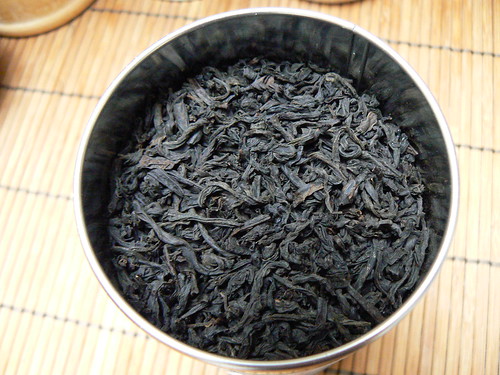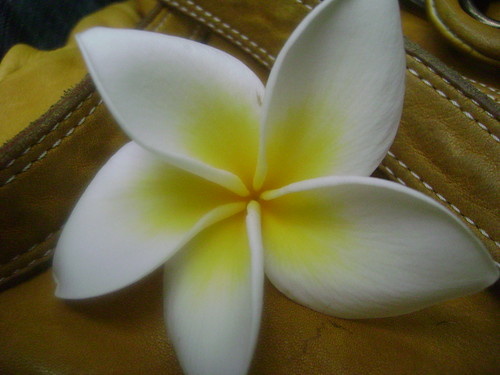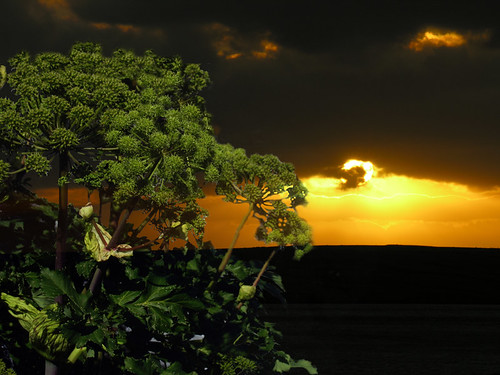
After a long, long, long period of brain-numbing fruity florals and suffocating gourmands, there are signs that indeed, green is getting back into fashion, fragrance wise.
And while this change in trends is most welcome amongst those of us who either despise fruity florals or simply are tired of cookie cutter fragrances that seem to be the imitation of an imitation of an imitation of something that seemed to be cutting edge or just fun 10 or 15 years ago; there is something a bit worrying about the way greens might be coming back.
The reason for my less than cheerful attitude to this much-anticipated change of course is two-fold:
1) the gradual extinction of certain natural essences that were utilized in classic green perfumes of yesteryear. Namely oakmoss. But naturals in general are becoming a rarity in mainstream perfumes (which makes perfect sense when thinking of the vast quantities of jus produced every year; we simly don’t have enough land on this planet to produce enough natural oils to be a substantial part of all the mass –marketed perfume launched every other day.
2) Judging by the recent green releases (mostly coming out of niche lines first, and it seems that gradually, mainstream perfumes will pick up on the hint and adapt the trend), they offer nothing new. Nothing that we haven’t smelled before (except that its coming from a different or a new brand). Two of the Chanel Les Exclusifs (28 La Pausa and Bel Respiro). The names as well as the compositions are winking quite suggestively at past successes and achievements (either olfactory or fashion), which may indicate lack of finding inspiration in the present time.
Nowadays, it is a challenge to smell a scent without prejudices: the perfume’s name, brand, packaging, colour, advertising campaign, not to mention the anticipation of a fragrance all over fragrance boards and blogs create expectations not only as to the quality of the scent but also how it actually smells. Thes factors all have an impact on what you actually smell in a new fragrance, as those expectations are difficult to block out.

With Kelly Calèche, the expectations went all the way from complete dismissal (pink jus, named after a bag), to a peaked interest once seeing the ad (now,
that looks intriguing!) but I wasn’t holding my breath for it. When I passed by the Hermes boutique on Wednesday, I checked in and found it there. It was neither pink nor leathery. It was a green, dry iris with very little to remind one of leather if at all. It starts with an off-putting note that immediately reminded me of Rose Ikebana (which I’m not capable of wearing at all – the combination of berries, greens and rose is nauseating to me, and even more so ever since I overdosed on curried mango pickle in my avocado sandwich one day while wearing l’Ombre Dans l’Eau…). Thankfully, the sharp berry and green phase is short-lived, and is replaced by a fresh, citrus green accord, which quickly develops into a powdery rose and orris body notes. With a dry undercurrent (the leather?) it is not unlike No. 19. After all, pairing greens with leather is not a new idea (No. 19, Ivoire). Neither is the green perfume with orris and rose at the centre. For a moment I get a peppery dry whiff reminiscent of the tea-tinged Osmanthe Yunnan. Overall, Kelly Calèche wears like a sheer veil rather than a leather whip. It’s very well mannered, cool even, elegant in a selective and luxurious style, very much like the public image of Grace Kelly who inspired the bag which inspired the perfume’s name. Would I have been more impressed if the perfume would have been called “
making soles in angel leather"? I won’t be able to say now, because it is named after a leather bag. A well made bag, but nothing that inspired emotion in me. I suppose I would have been more likely to appreciate its etheral greenness if it had a name and an image more fitting to what it actually smells like. Just like Bel Respiro and 28 La Pausa, the uninspiring name takes away from the value of the fragrance on its own.
 Top notes: Grapefruit, Cassis, Pepper
Top notes: Grapefruit, Cassis, Pepper
Heart notes: Rose, Iris
Base notes: Leather, Cedar, LabdanumNote that although mimosa and tuberose are listed, I can barely smell them if at all. The base is dry, cedary almost, though not
quite leathery. I smell the faintest hint of labdanum there too, without the base becoming sweet by any means.
To read other reviews of Kelly Calèche, visit:
Now Smell ThisThe Perfume ShrineAromascope
* Image of green Kelly bag borrowed from: http://www.chrisabraham.com/









